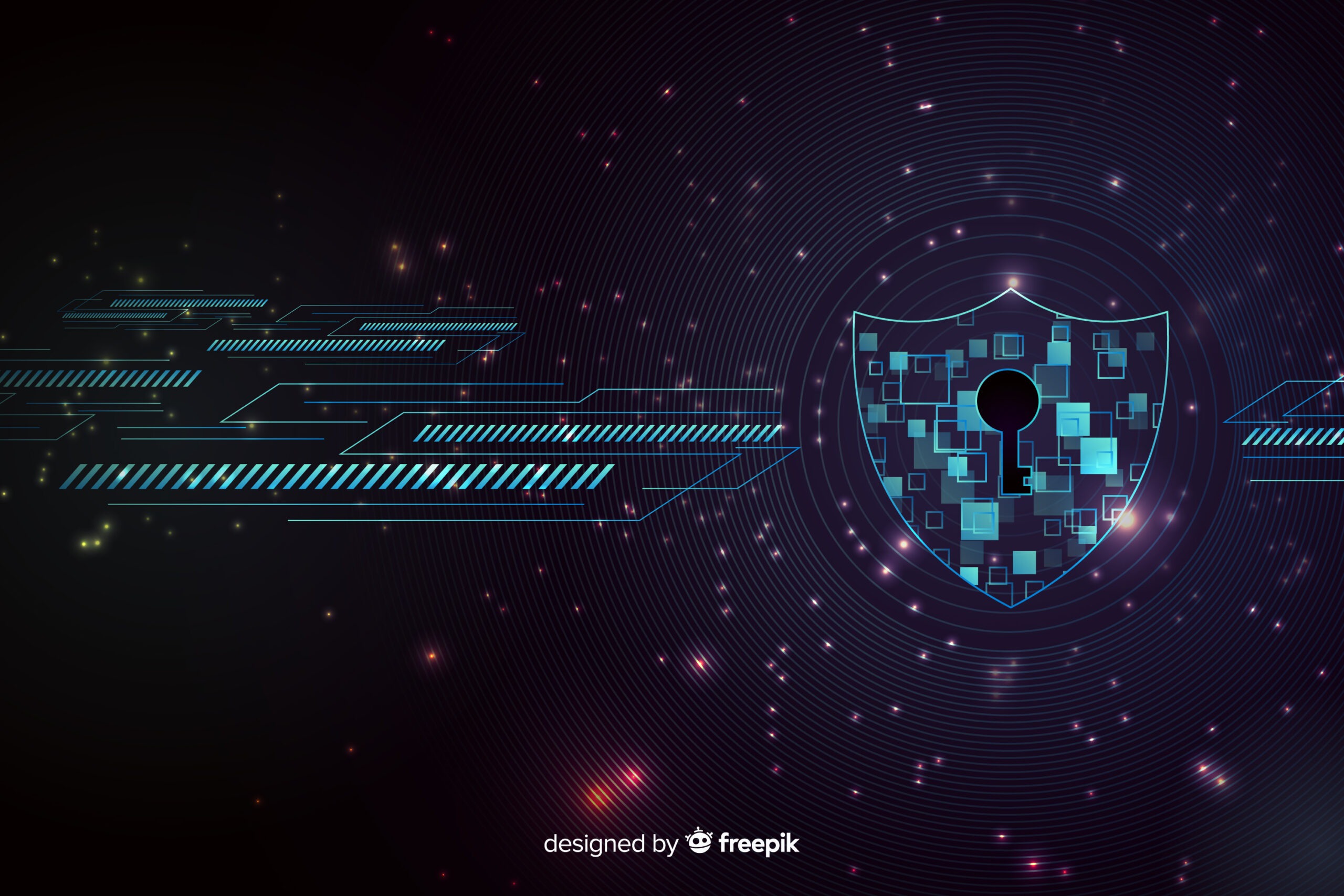As technology continues to evolve at a rapid pace, so do the threats in the cybersecurity landscape. Cybercriminals are constantly developing new techniques to exploit vulnerabilities, while security professionals strive to stay ahead with innovative solutions. Understanding the emerging threats and the latest innovations in cybersecurity is crucial for protecting our digital lives. In this blog, we’ll explore the future of cybersecurity, highlighting the emerging threats and the innovations designed to counter them.
Emerging Threats
- Artificial Intelligence (AI)-Driven Attacks
Threat Overview: Just as AI is used to enhance cybersecurity, it is also being leveraged by cybercriminals to conduct more sophisticated attacks. AI-driven attacks can analyse vast amounts of data to find vulnerabilities, automate phishing schemes, and even create malware that adapts to avoid detection.
Potential Impact:
- Advanced Phishing: AI can craft highly personalised phishing emails, making them more convincing and harder to detect.
- Automated Attacks: AI can automate complex attacks, increasing their scale and effectiveness.
- Evasive Malware: AI-driven malware can change its behavior to evade traditional security measures.
- Ransomware Evolution
Threat Overview: Ransomware continues to evolve, with attackers using more advanced techniques to infect systems and extort money. Ransomware-as-a-Service (RaaS) has also lowered the barrier to entry, allowing even less skilled attackers to deploy ransomware attacks.
Potential Impact:
- Double Extortion: Attackers not only encrypt data but also threaten to release it publicly unless the ransom is paid.
- Targeted Attacks: More targeted attacks on high-value targets, such as hospitals and critical infrastructure, where downtime is not an option.
- Internet of Things (IoT) Vulnerabilities
Threat Overview: As IoT devices proliferate, they create a vast attack surface for cybercriminals. Many IoT devices lack robust security features, making them easy targets.
Potential Impact:
- Botnets: Compromised IoT devices can be used to create botnets for launching large-scale attacks, such as Distributed Denial of Service (DDoS) attacks.
- Privacy Invasion: Vulnerabilities in IoT devices can lead to unauthorised access to personal data and surveillance.
- Cloud Security Risks
Threat Overview: The shift to cloud computing has introduced new security challenges. Misconfigurations, insecure interfaces, and lack of visibility can lead to data breaches and other security incidents.
Potential Impact:
- Data Breaches: Misconfigured cloud storage can expose sensitive data to unauthorised access.
- Account Hijacking: Weak authentication and access controls can lead to account hijacking and unauthorised actions.
- Supply Chain Attacks
Threat Overview: Supply chain attacks target the less secure elements of a supply chain to compromise an organisation. Attackers infiltrate through third-party vendors or service providers.
Potential Impact:
- Widespread Impact: A single compromised vendor can affect multiple organisations, leading to widespread disruption.
- Trusted Exploitation: Attackers exploit the trust relationship between organisations and their suppliers to gain access.
Innovations in Cybersecurity
- AI and Machine Learning
Innovation Overview: AI and machine learning are transforming cybersecurity by enhancing threat detection, response, and prevention. These technologies can analyse vast amounts of data to identify patterns and anomalies that indicate potential threats.
Key Benefits:
- Real-Time Threat Detection: AI can detect threats in real-time, allowing for faster response.
- Predictive Analysis: Machine learning models can predict potential threats based on historical data.
- Automated Response: AI can automate responses to common threats, reducing the burden on human analysts.
- Zero Trust Architecture
Innovation Overview: Zero Trust is a security framework that assumes that threats can be both external and internal. It requires verification of every user and device trying to access resources within the network, regardless of their location.
Key Benefits:
- Enhanced Security: By never assuming trust, Zero Trust reduces the risk of internal threats.
- Improved Visibility: Provides better visibility into network traffic and user activity.
- Granular Access Control: Allows for precise control over who can access what resources.
- Quantum Cryptography
Innovation Overview: Quantum cryptography leverages the principles of quantum mechanics to create secure communication channels. It promises unbreakable encryption that can withstand the computational power of quantum computers.
Key Benefits:
- Future-Proof Security: Protects data against future quantum computing threats.
- Secure Key Distribution: Quantum Key Distribution (QKD) enables secure exchange of encryption keys.
- Behavioral Biometrics
Innovation Overview: Behavioral biometrics analyze patterns in human behavior, such as typing rhythm, mouse movements, and touchscreen interactions, to authenticate users.
Key Benefits:
- Continuous Authentication: Provides continuous authentication throughout a session, not just at login.
- User-Friendly: Reduces reliance on traditional passwords and enhances user experience.
- Fraud Detection: Identifies unusual behavior that may indicate fraudulent activity.
- Blockchain Technology
Innovation Overview: Blockchain technology provides a decentralised and immutable ledger that can enhance security in various applications, from securing transactions to ensuring data integrity.
Key Benefits:
- Data Integrity: Ensures data cannot be tampered with once it is recorded.
- Secure Transactions: Provides secure and transparent transactions in financial and other applications.
- Supply Chain Security: Enhances the security and transparency of supply chains.
Conclusion
The future of cybersecurity is shaped by both emerging threats and innovative solutions. As cybercriminals continue to develop new methods of attack, the cybersecurity industry must remain agile and forward-thinking. By leveraging advanced technologies such as AI, Zero Trust architecture, quantum cryptography, behavioral biometrics, and blockchain, we can create a more secure digital landscape.
In my experience, staying informed about emerging threats and adopting the latest innovations are key to maintaining robust cybersecurity defenses. Let’s embrace these advancements to protect our digital future.
